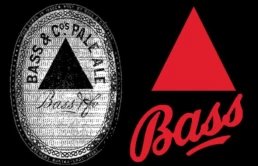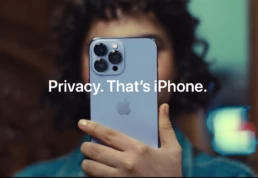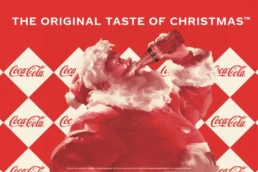How did branding come to be?
A logo or trademark was not considered branding in the past; the term did not have the meaning of today; it was merely the owner’s signature on the corner of their packaging. In the year 1266, a man registered the first trademark (Bass & Co’s Pale Ale) which paved the way for branding as we know it today. In the aftermath, companies formalized their symbols, corporate ‘signatures’, and ‘brand names’.
In today’s world, the business of designing a logo or choosing a trademark precedes branding. The consistent presentation of a company’s visual identity was given a new and logical term in the mid-20th century – corporate identity – and in the hands of a great designer, a new profession and title was born, “Graphic Designer”.

So what is the definition of branding?
Many people think branding is just visuals and company name. But for those who know more, they see it as a team seeking a common goal. That could mean many things! So let's break it down:
Visual Identity, Symbol or Trademark
“A brand is a name, term, sign symbol or a combination of these that identifies the maker or seller of the product”
– Philip Kotler and Gary Armstrong
There are many things that make up a brand – colors, symbols, art, name, tags, products/services, voice, tactics that appeal to the subconscious mind of the consumer.
It is most common for people to relate to brands based on their visuals which consist of symbols, type, and colors that are consistently applied to make it stand out from its competitors.

2. Consumer Perceptions
“Your brand is what other people say about you when you’re not in the room”
– Jeff Bezos
Think of a brand you like and why you are loyal to it. Why do you like that particular brand? Why did you choose it?
There may be more to your memory of a brand than how it presents itself.
You may find yourself connecting to their goals (WWF taking action to save wildlife), or maybe you enjoy the product itself (Iphone by Apple Inc.), or maybe you love how they make you feel (Nike encourages their customers; “Just Do It”), or maybe you have a personal connection with the brand (Coca-Cola’s “Opening Happiness” or the sound of the opening bottle could do it).

3. Promise or Contract
“A brand is the set of expectations, memories, stories and relationships that, taken together, account for a customer’s decision to choose one product or service over another…”
– Seth Godin
People develop brands as a result of an event or a thought that makes them realize they have found a solution to an existing problem. Brands that convey this message loudly and clearly usually have a history of loyal customers (our favorite example here is Naarica).
Branding allows individuals who share the same goals, mindsets, problems, or seek solutions can depend on a consistent, caring, and memorable business.

4. Vision, Values & Action
“[It’s] about values. It’s a complicated and noisy world; and we’re not going to get a chance to get people to remember much about us. No company is. So we have to be really clear about what we want them to know about us.”
– Steve Jobs
There are a lot of brands in the market today that stand for a single dream; what you tell your customers daily about your brand is what you stand for – it’s how people learn about your brand and build loyalty to it.

5. Social Grouping
“It’s about belonging: belonging to a tribe, to a religion, to a family…”
– Wally Olins
Branding has many definitions. It comes together as a group of people who share a vision, can rely on promises, are working towards resolving a problem collectively, agree on actions to take, and more; they come together to form a community we know by their visuals, symbols, and trademarks – A BRAND.

Ultimately, a brand is more than a visual representation of who they are, what they are saying about themselves, how they act, how they treat their customers, what products or services they have to offer. It is a combination of all these factors that help build a real brand that can be related to by those who share the same opinion.
As a concept, branding can be a real game-changer. The term itself has been described in many different ways and has grown to become a wide-ranging discipline in recent years. In addition to increasing sales, branding can also influence people to follow a similar goal or even take action on behalf of the brand. You have to be able to present yourself effectively if you want to succeed in all of these areas and it all boils down to “Branding”.
